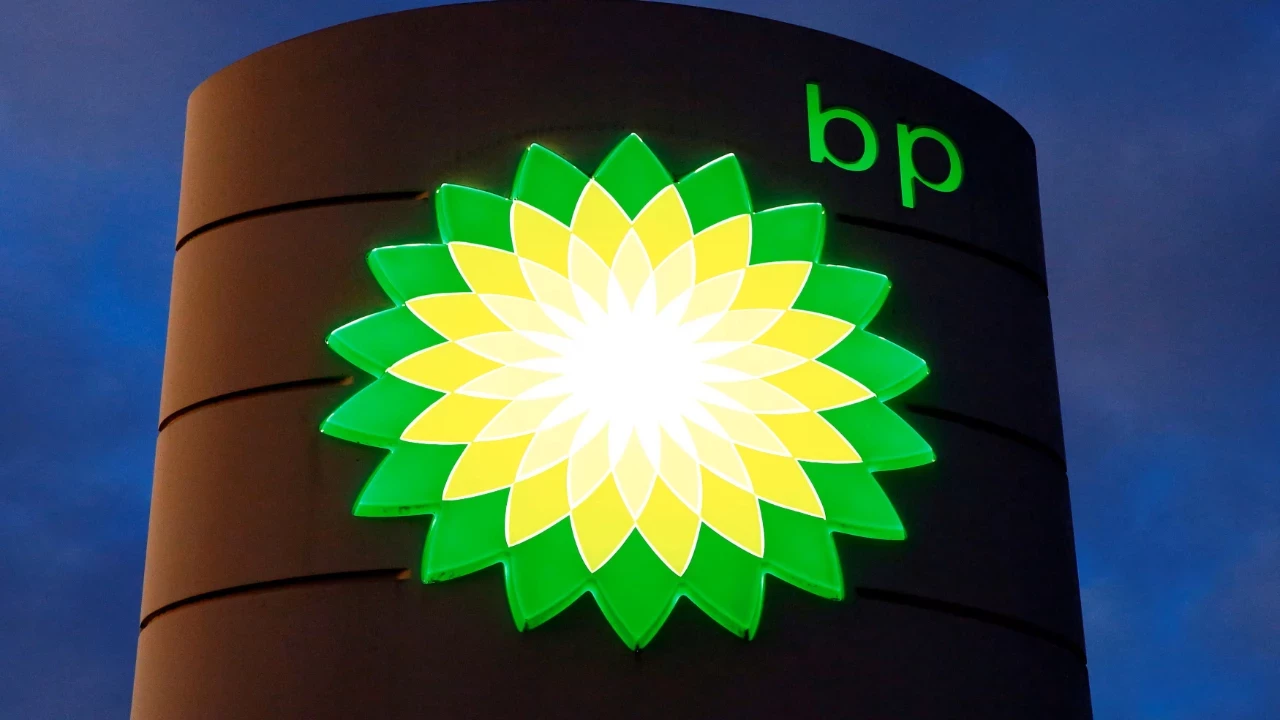Global energy giant BP is rapidly backtracking on the green transformation promises it made a few years ago. The company announced a target to reduce fossil fuel production by 40% by 2030 and invested billions of dollars in areas such as solar, wind, and electric vehicle infrastructure. However, today, BP is exiting wind and solar investments and returning to oil and natural gas production.
BP is shifting gears in renewable energy
BP’s shift in strategy is not merely an internal decision but also an indicator of new trends in the international energy market. According to 2024 data from the International Energy Agency, global clean energy spending has surpassed $2 trillion. However, these investments are not distributed evenly across the globe.

While clean energy is growing in China, India, and the European Union, the US and the UK are experiencing a slowdown in this area. Decreasing incentives and rising costs, particularly in the US, have led many private companies to suspend their projects.
These developments have paved the way for energy giants like BP to shift their focus back to fossil fuels. In a statement in February, the company’s CEO, Murray Auchincloss, said, “We tried to pursue too many things at once. The clean energy strategy went too fast and too far.” These remarks signaled the new direction it has been pursuing since then. BP plans to sell $20 billion in assets over the next two years. The majority of the assets involved in the sale belong to clean energy projects.
The company has divested its entire onshore wind portfolio in the US. Its 50% stake in solar company Lightsource was sold. Control of its offshore wind projects was transferred to this entity under a new partnership with Japan-based energy giant JERA.
BP’s goal of generating more than half of its total revenue from renewable sources by 2030 has now been abandoned. The company’s return to an oil and gas-focused model is not solely based on economic considerations.
The changing political climate following the re-election of Donald Trump as president in the US also influenced this decision. The Trump administration has largely withdrawn government incentives for clean energy. This made the financial feasibility of the projects difficult.













